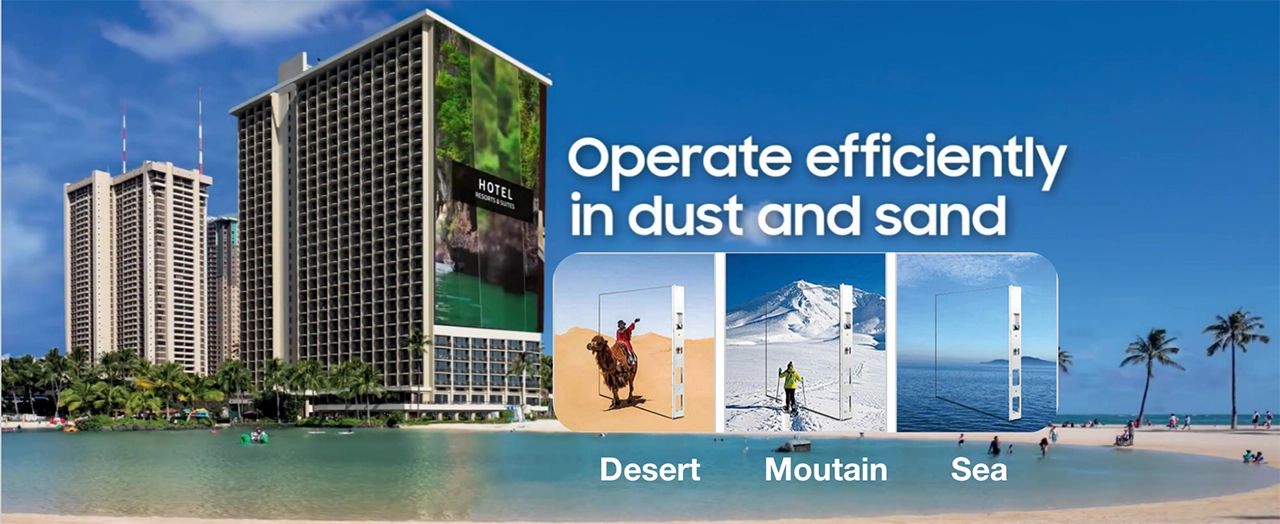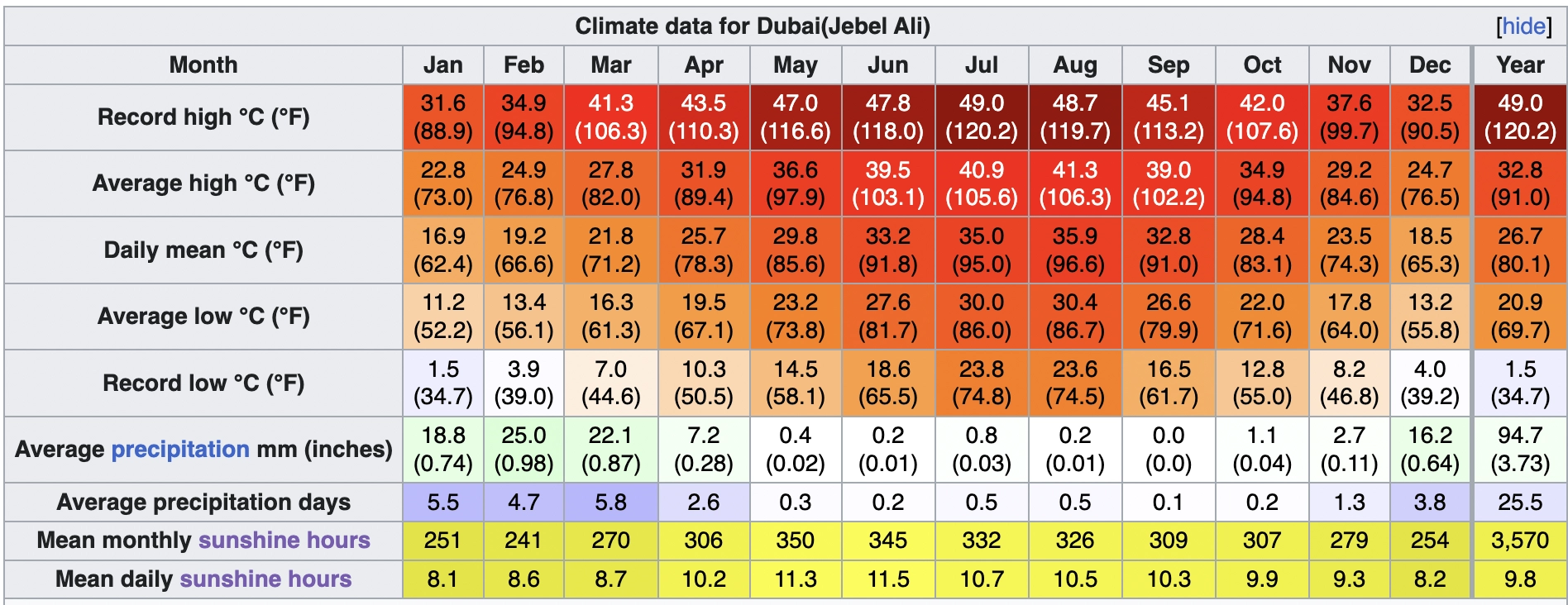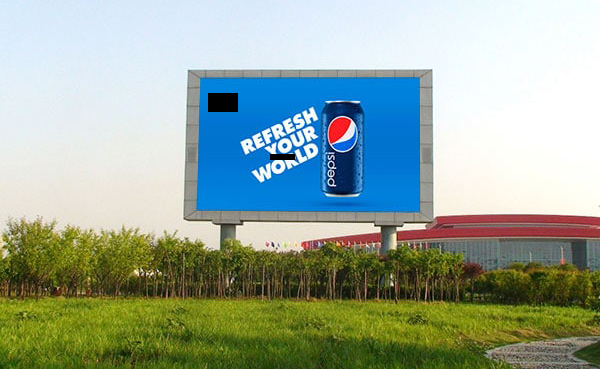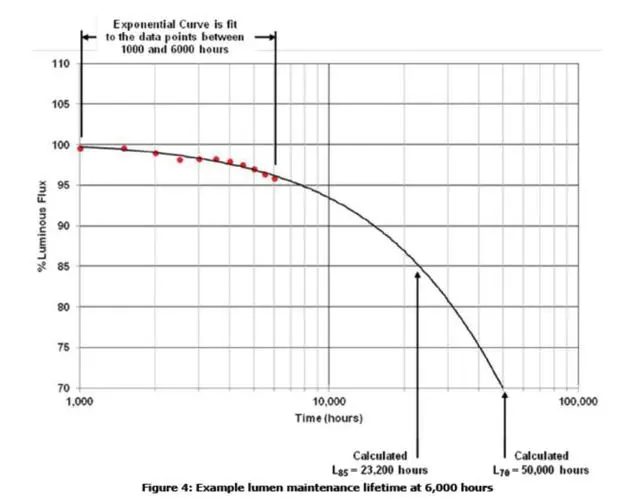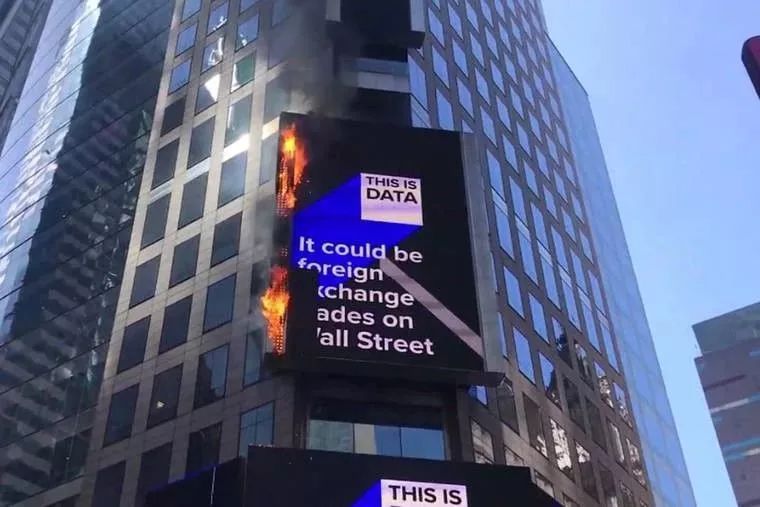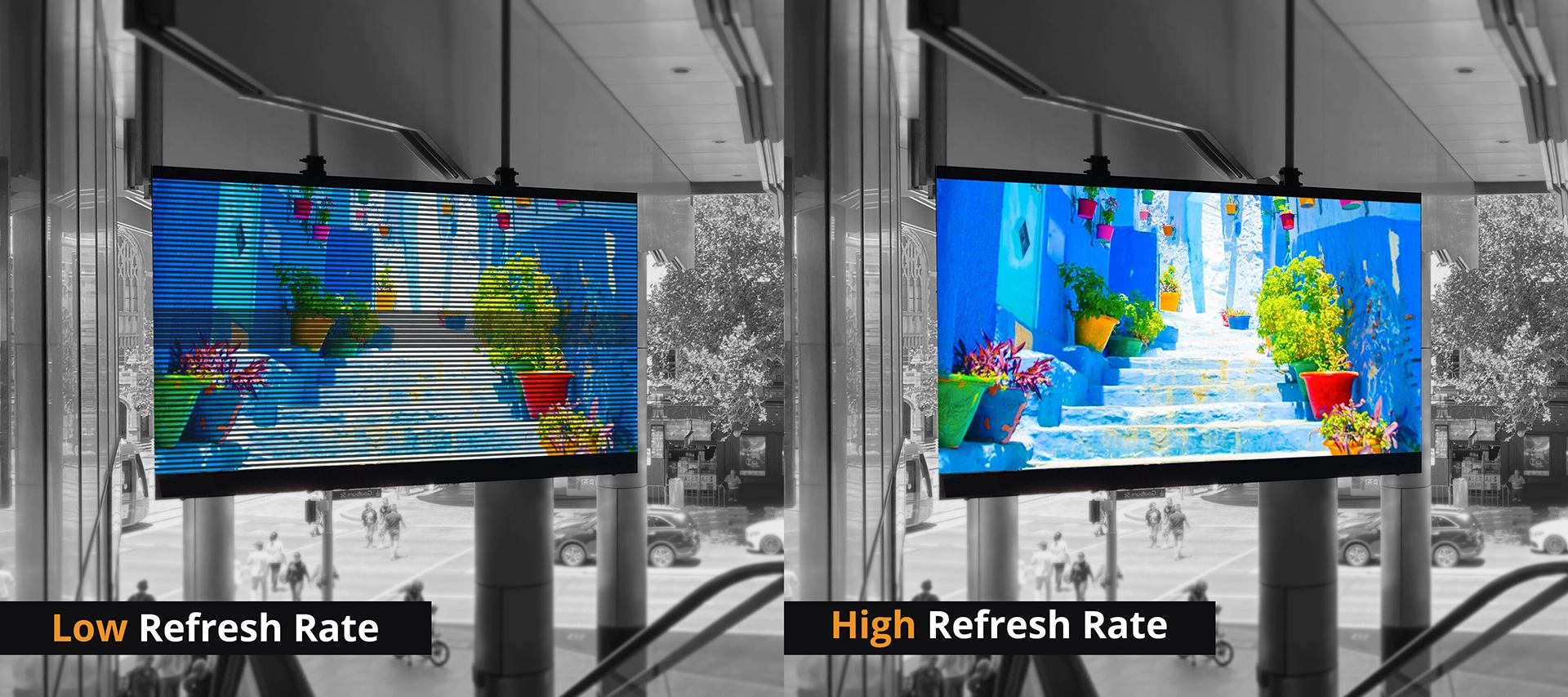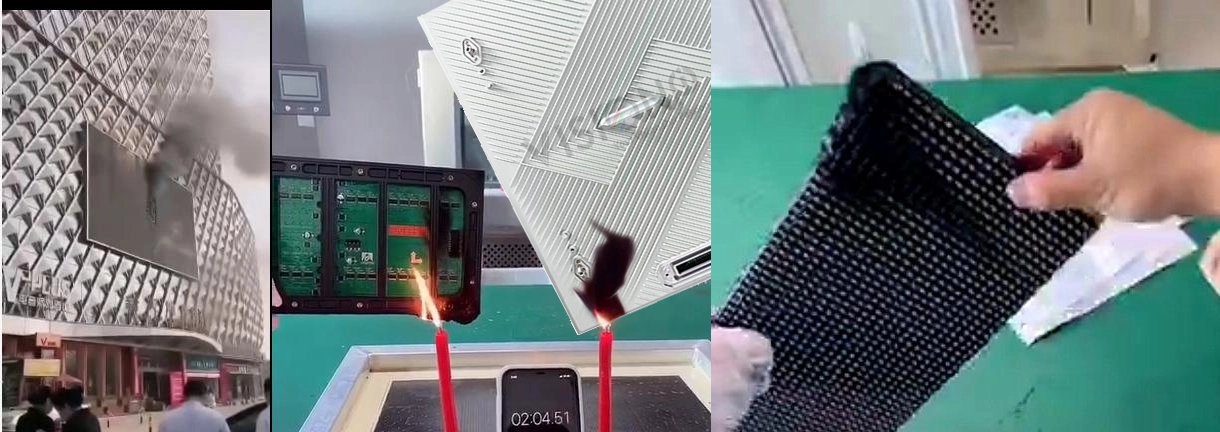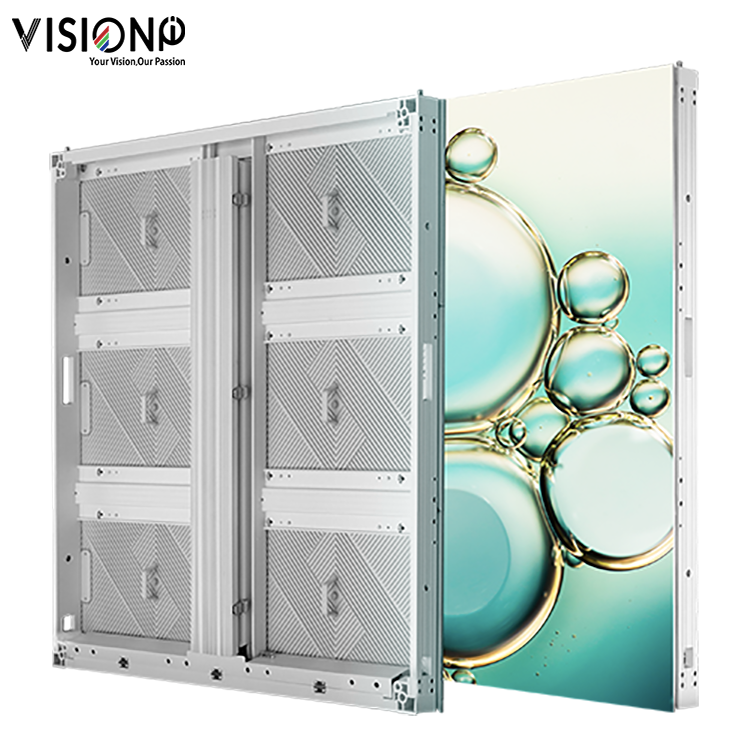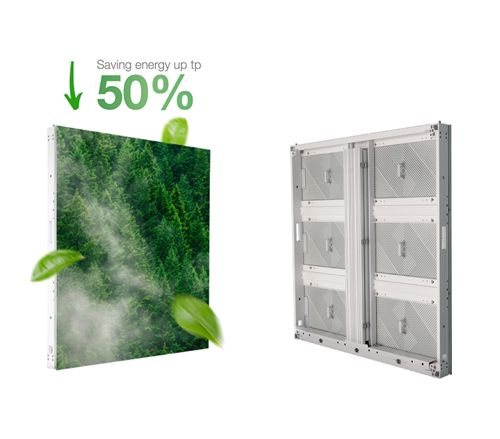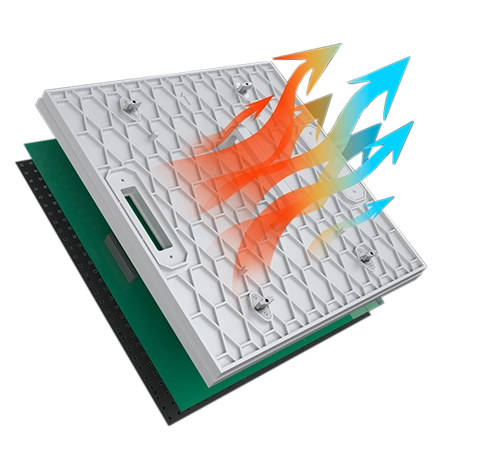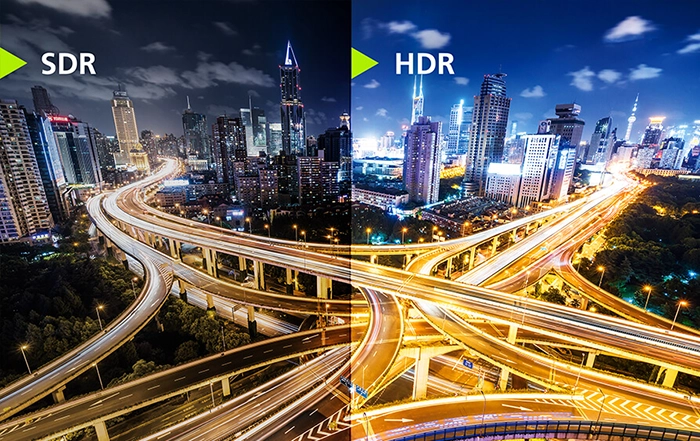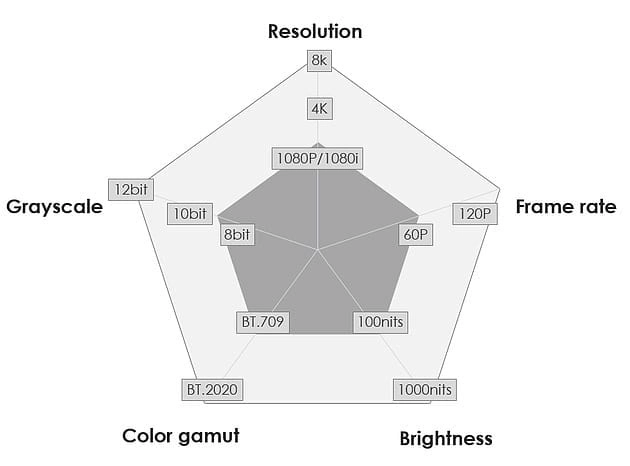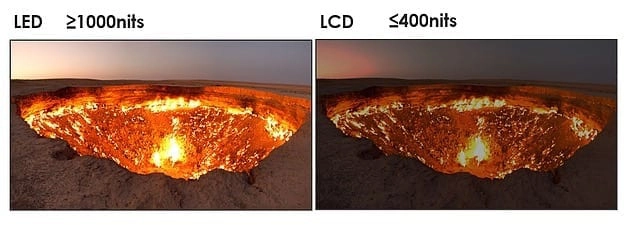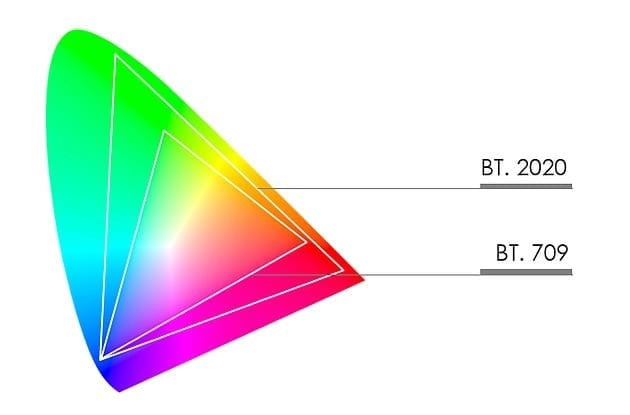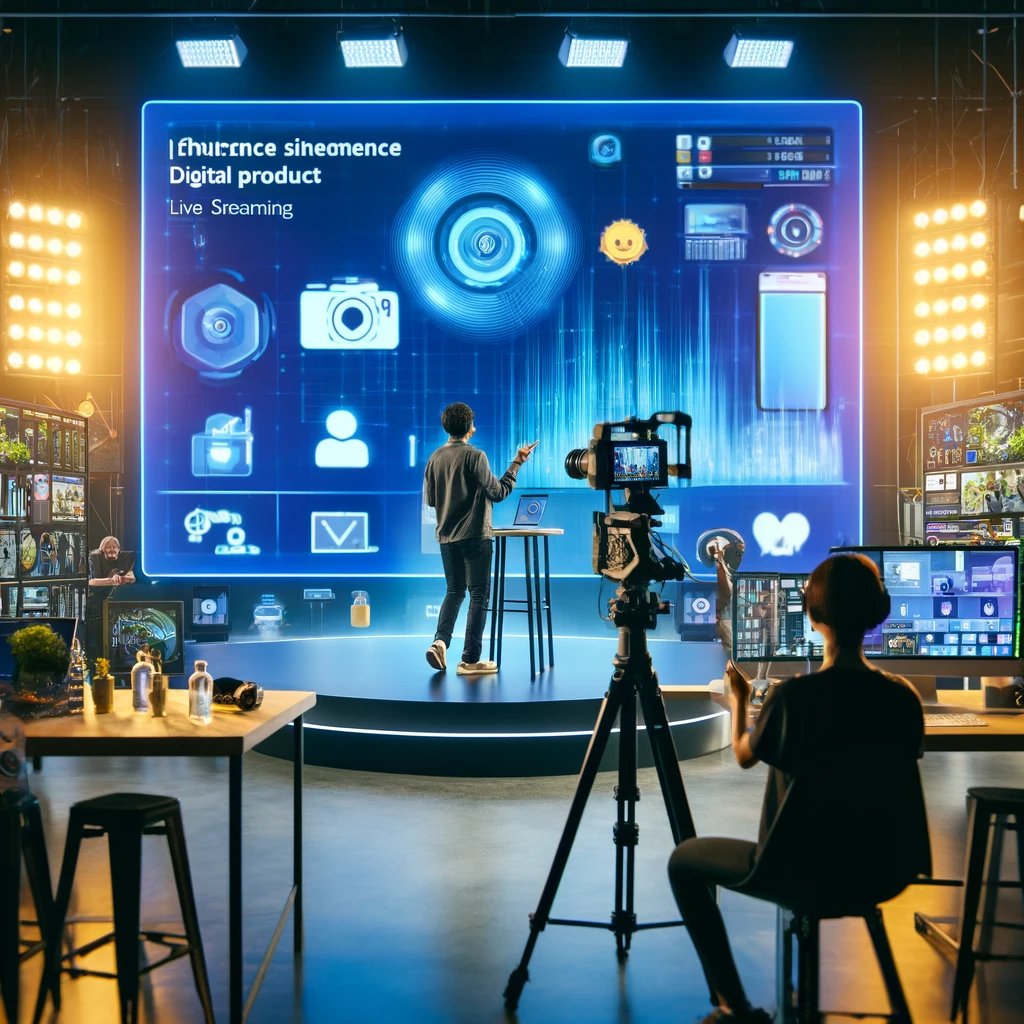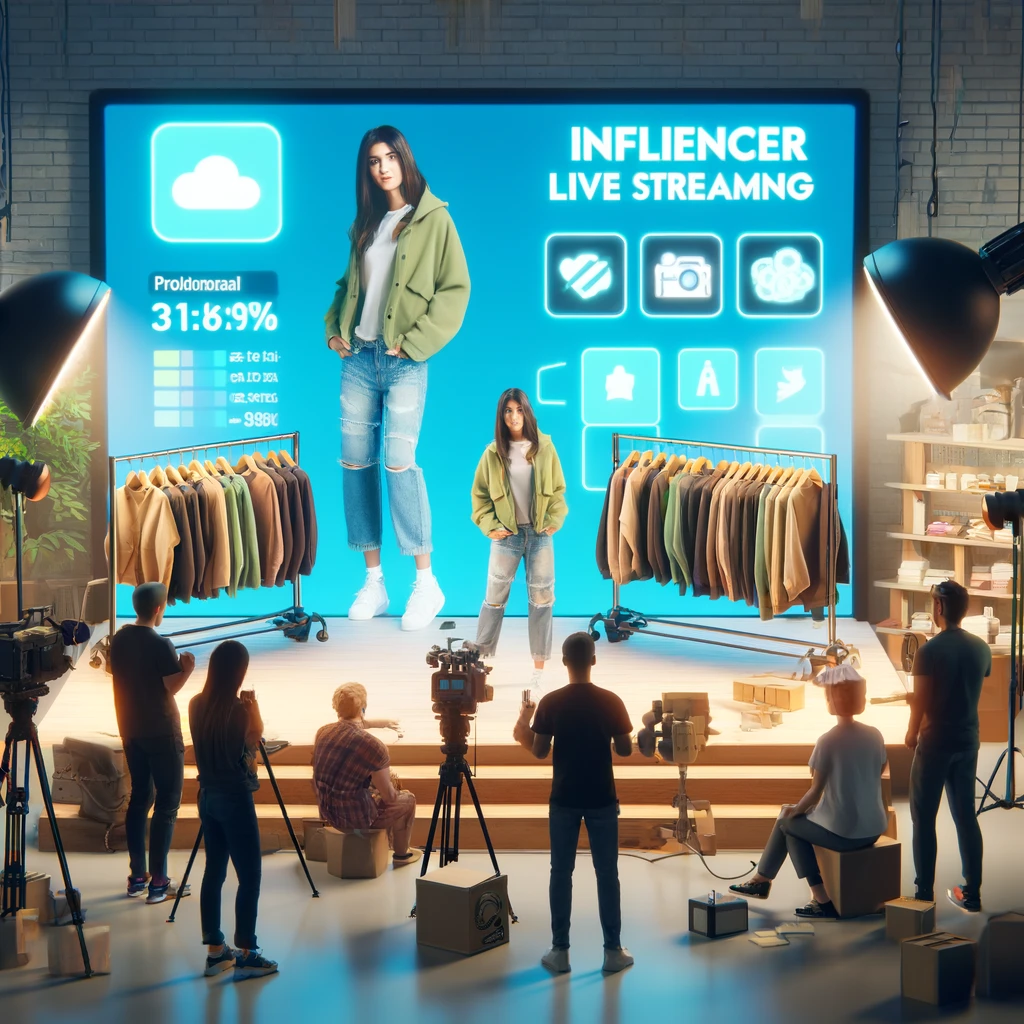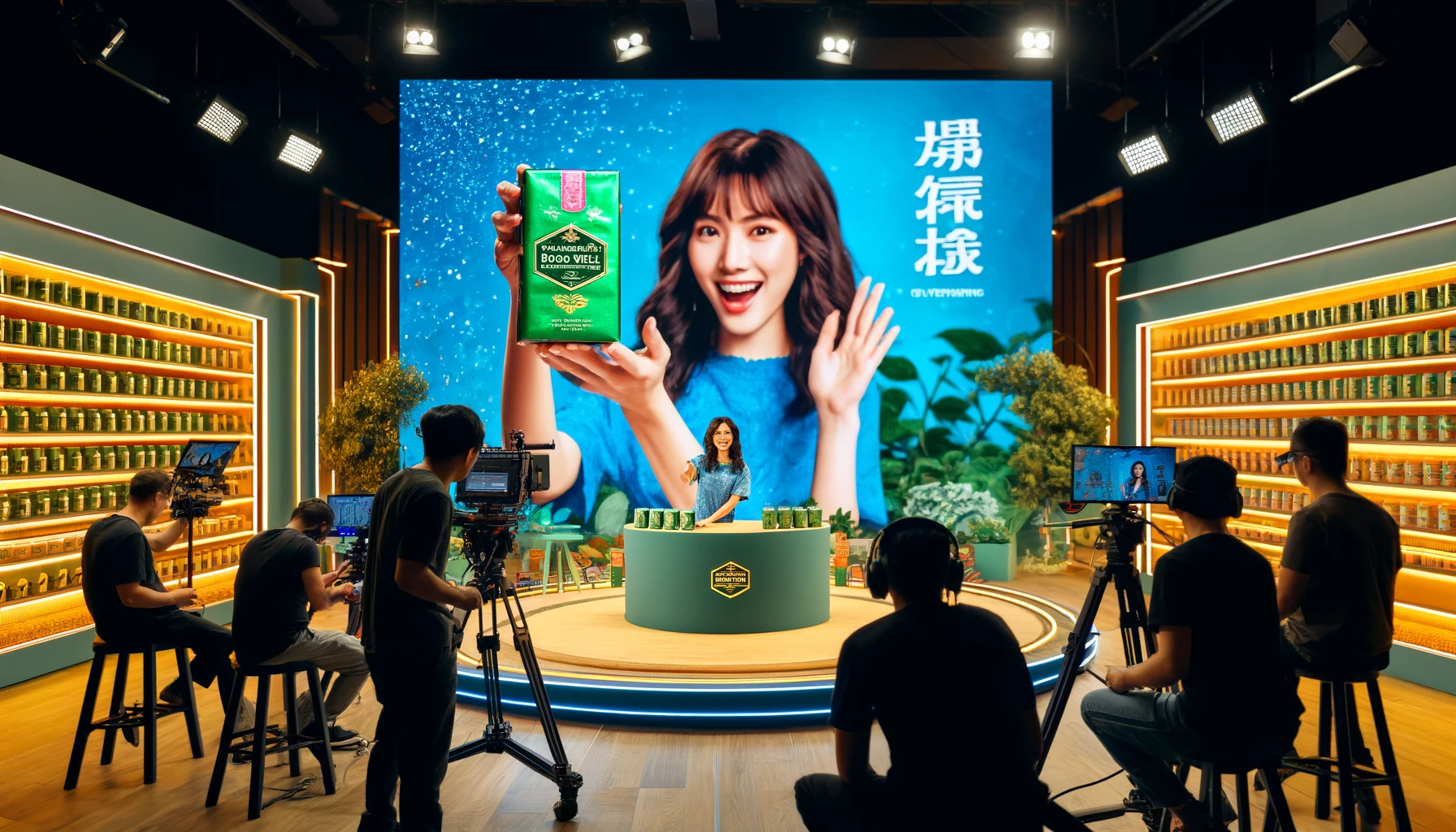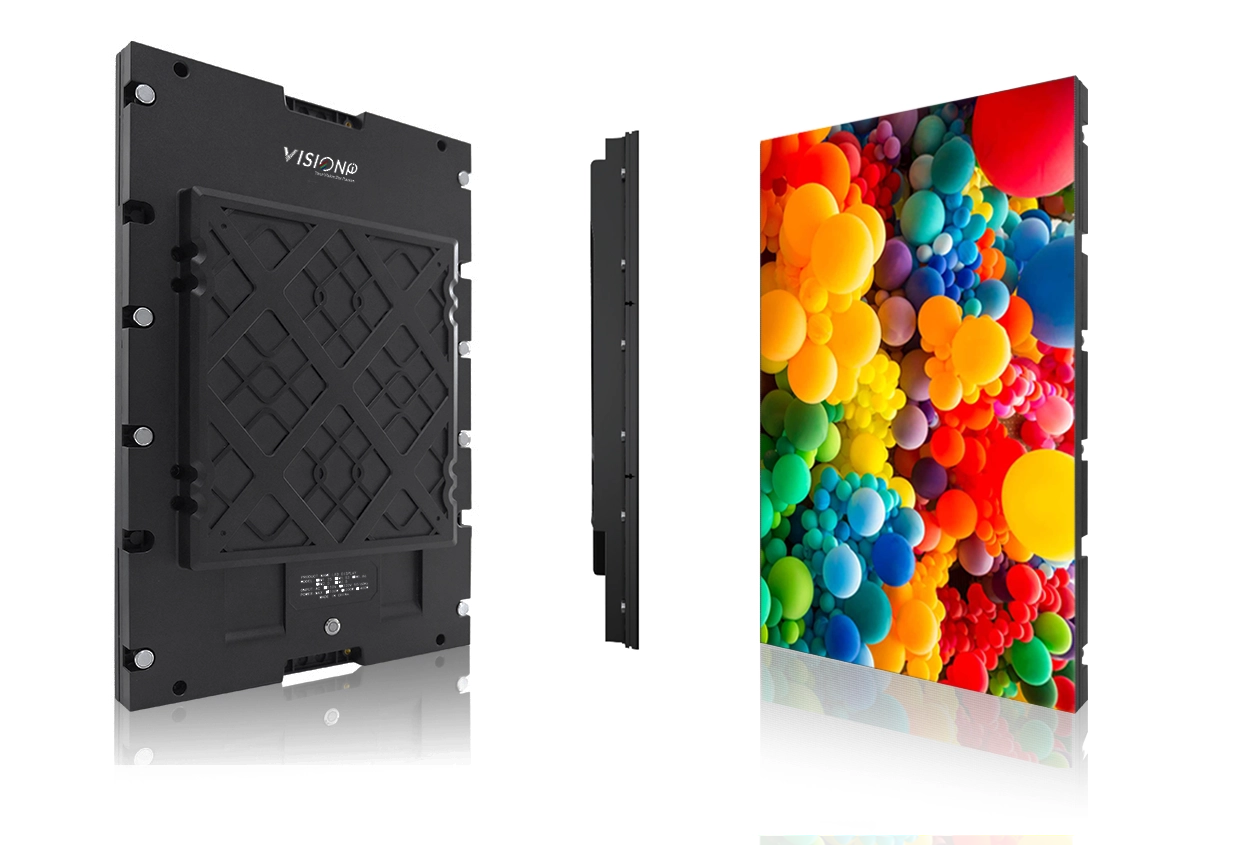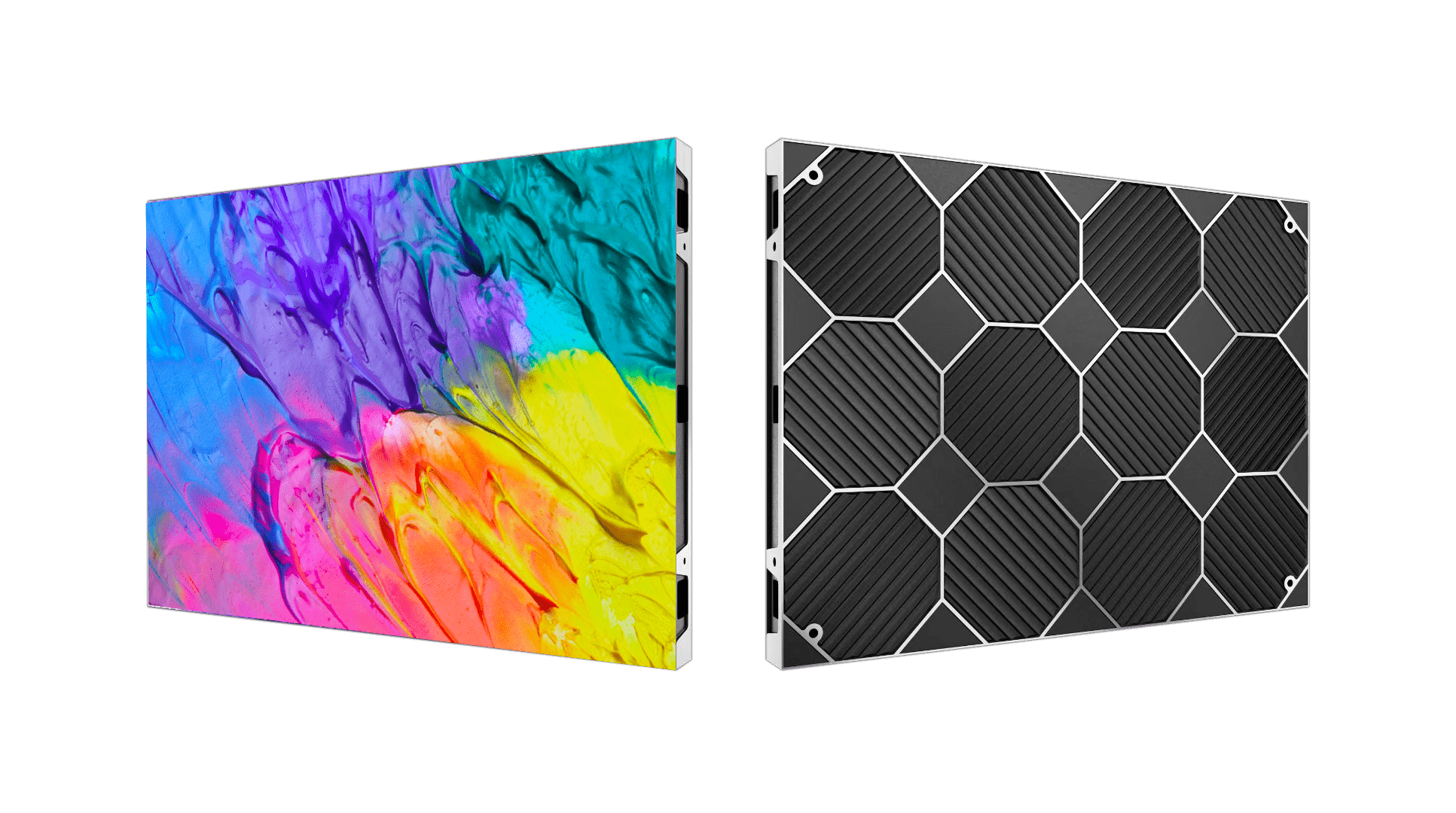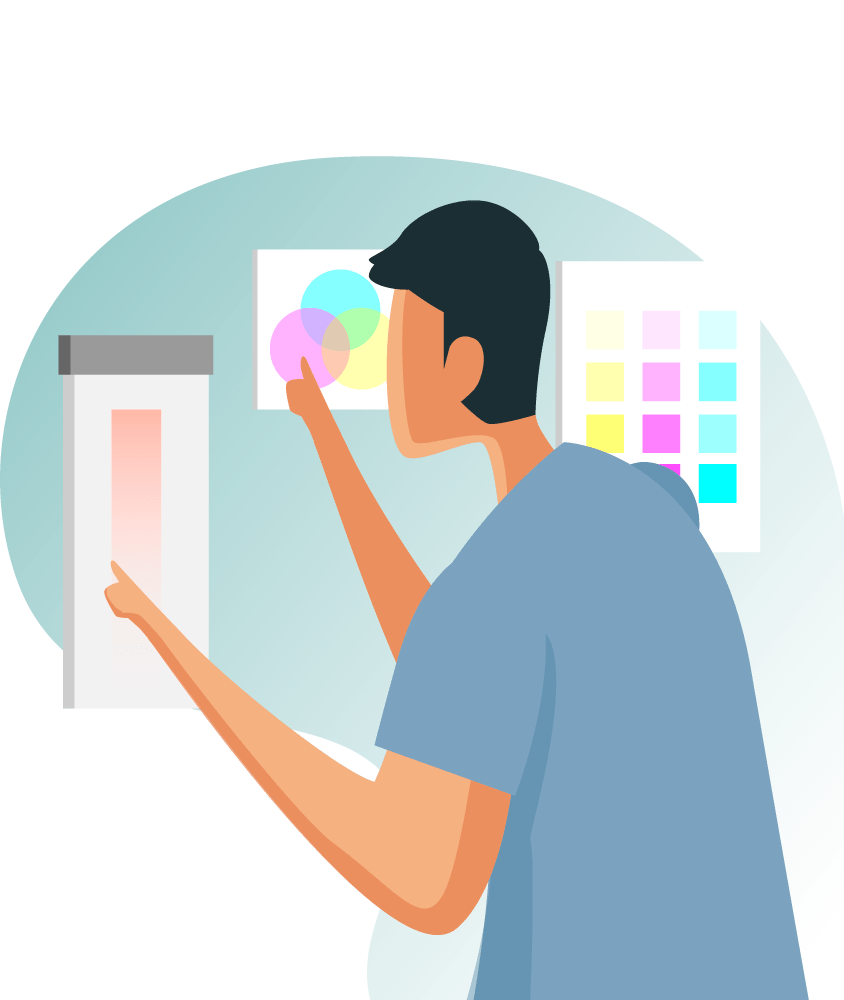Flexible COB LED Display
COB LED Modules
Flexible COB LED Display Modules
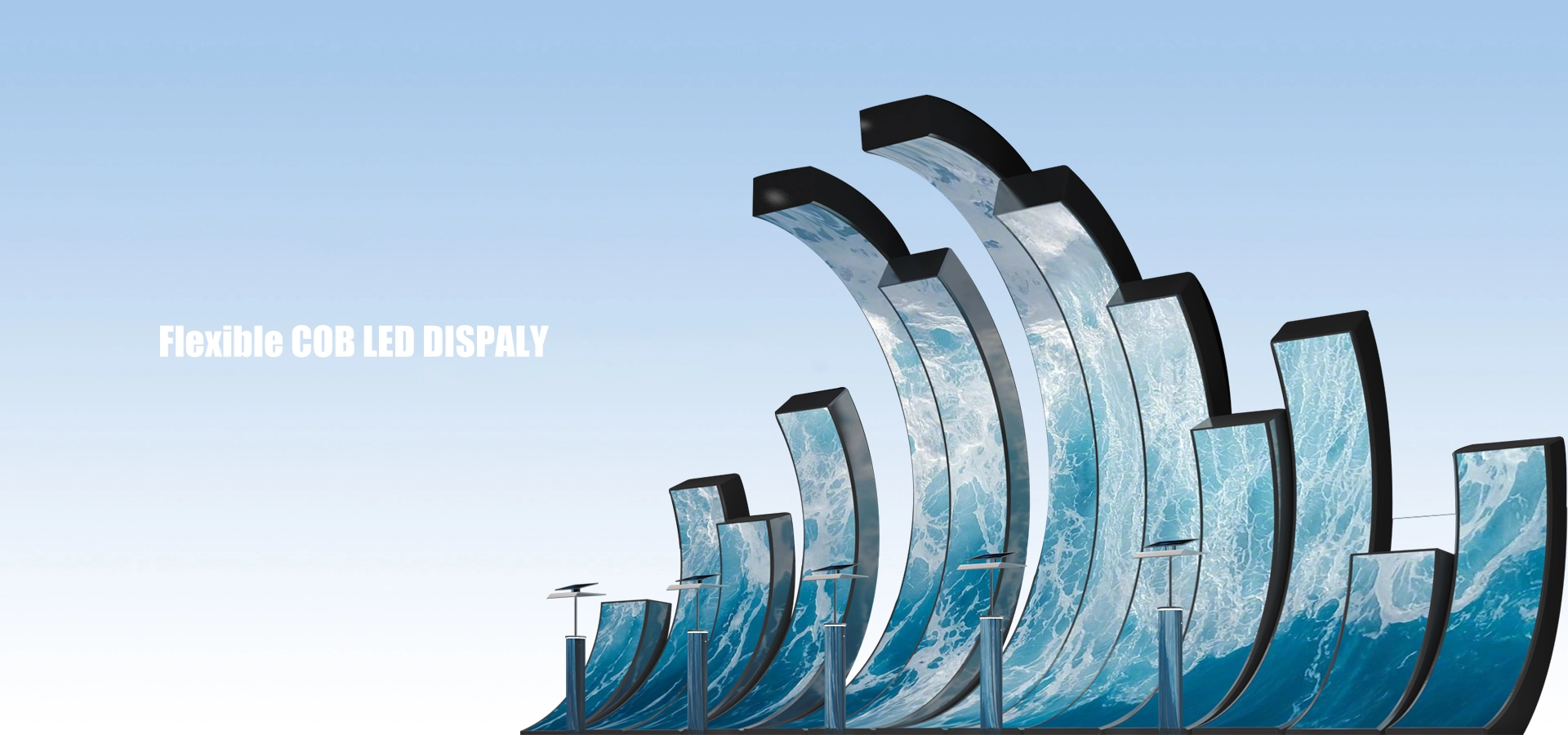
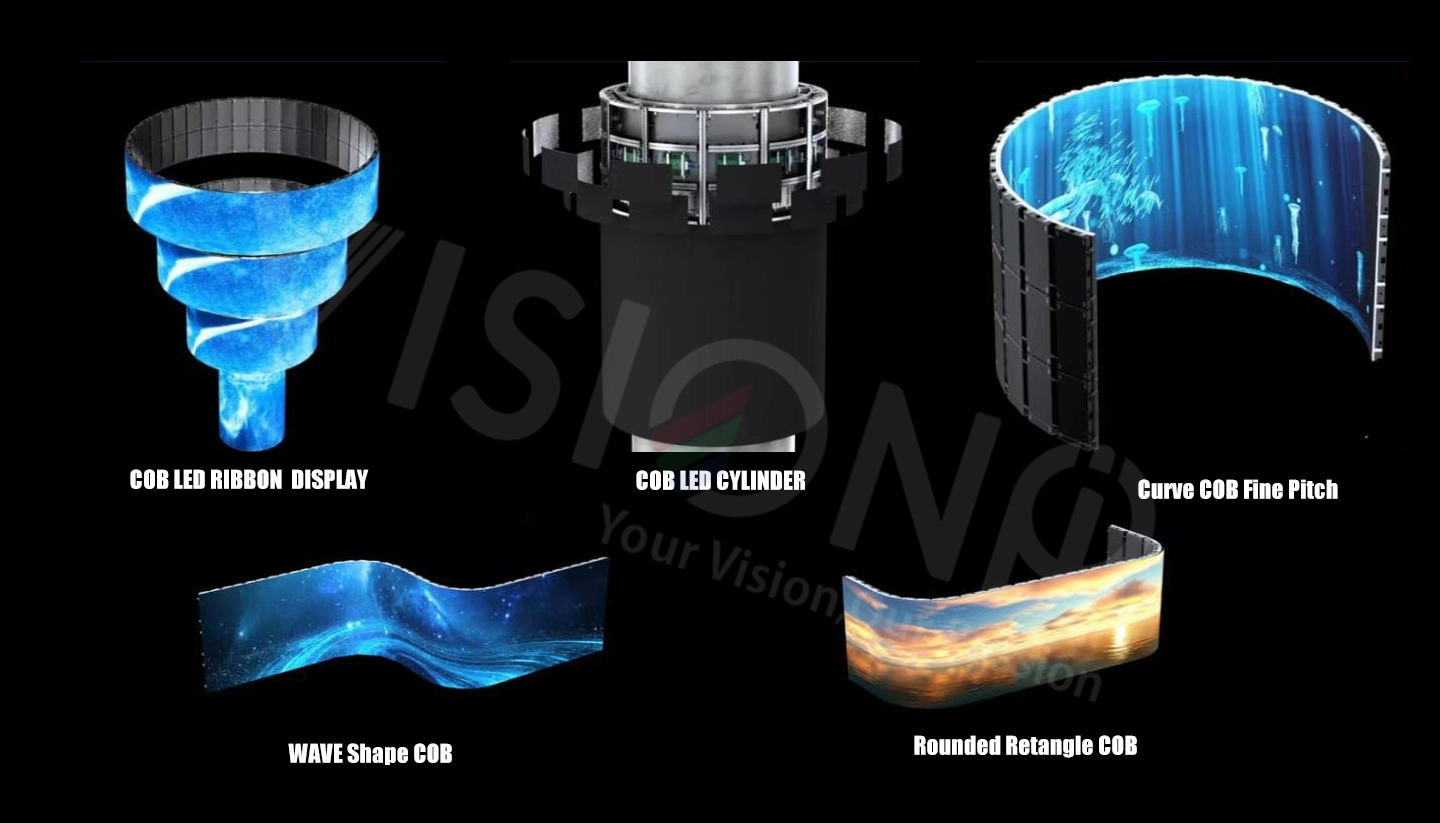
Flexible COB LED Display.
COB flexible LED modules (soft cob led modules) merge the compact, high-intensity lighting benefits of Chip On Board (COB) technology with the adaptable, bendable nature of flexible LED modules. This innovative combination allows for the creation of highly durable, uniformly lit, and versatile lighting solutions that can be tailored to fit curved and irregular surfaces without compromising on light quality or intensity.
In COB technology, multiple LED chips are packaged closely together on a single substrate, resulting in a dense, uniform light source with excellent thermal management. When integrated into a flexible module, this technology enables the production of LED strips and panels that not only provide a seamless and bright light output but also can be bent, twisted, and shaped to meet the specific design requirements of various applications, from intricate architectural lighting designs to dynamic commercial and retail displays.
The COB flexible LED modules stand out for their ability to deliver a smooth, glare-free light across a continuous surface, enhancing visual comfort and aesthetic appeal in both functional and decorative lighting applications.
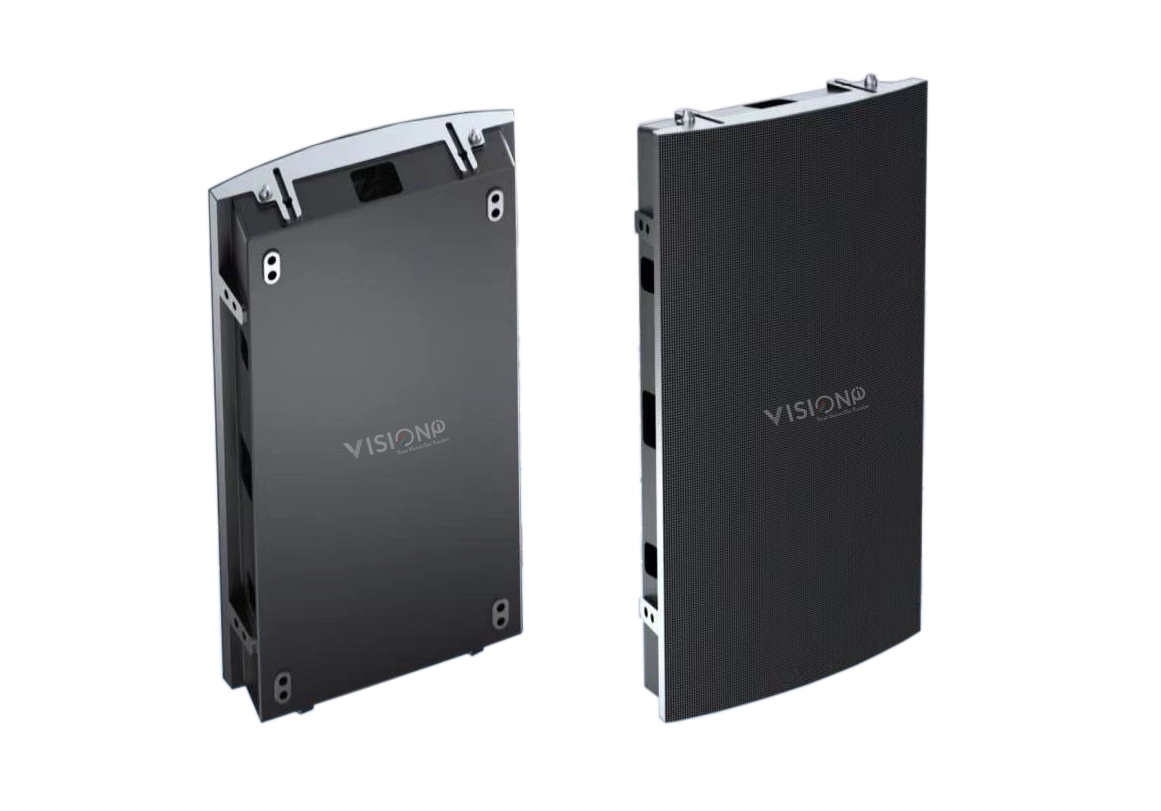
COB Flexible LED Display Advantages:
– Uniform Illumination: COB flexible LED displays offer a seamless and consistent light output, eliminating the spotted appearance common in traditional LEDs, and ensuring smooth and uniform illumination over any surface.
– Enhanced Durability: The unique packaging of COB LEDs enhances their resistance to shock and vibration, making COB flexible displays more durable and reliable for various applications.
– Better Heat Dissipation: The close packing of LED chips in COB technology allows for more efficient heat dissipation, extending the lifespan of the display and maintaining consistent performance.
– Flexibility in Design: These displays can be bent and shaped to fit curved surfaces and unconventional shapes, opening up creative possibilities for architectural designs, signage, and artistic installations.
– High-Intensity Light with Low Glare: COB flexible LED displays provide intense light output without harsh glare, improving visual comfort and making them suitable for both indoor and outdoor applications.


